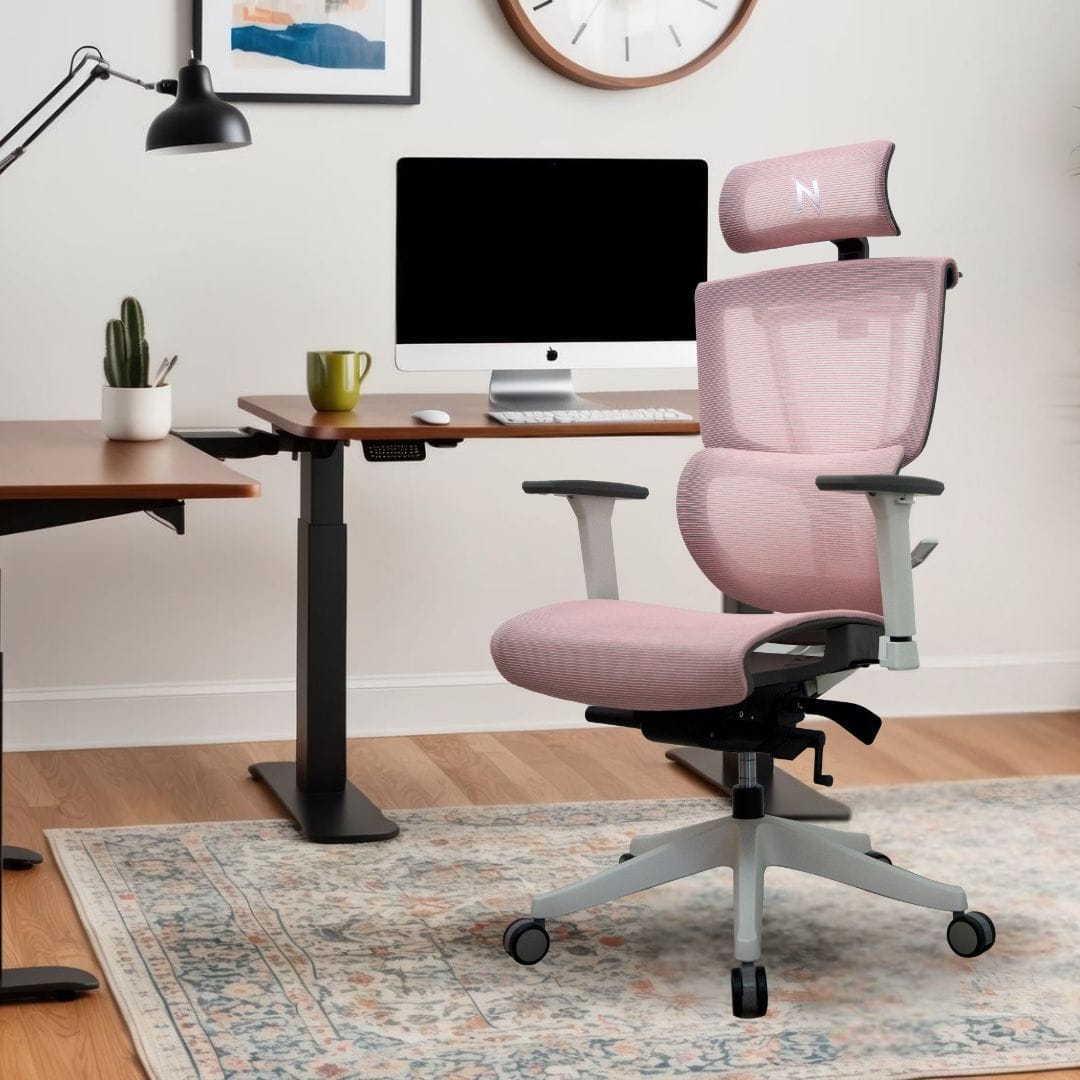The ideal lumbar support maintains the natural curve of the lower back without bulging outwards or collapsing. By 2025, most ergonomists recommend lumbar support at waist level. Most seated positions need the small of the back to have gentle contact with lumbar support. This aids someone so they maintain good spinal alignment and can reduce slouching or back pain when they sit for extended periods.
Finding the Right Height and Depth
The height of the lumbar support should match the curve of your lower spine. Adjust the height of the low back support to avoid a sagging back, but low enough so as not to press on the mid back. You should have gentle pressure on your low back encouraging you to sit up.
Depth is also important. The support should be in contact with your back, not cutting into it. This contact helps keep your muscles relaxed according to your natural posture and body position throughout the day.
Adjusting for Daily Comfort and Movement
In the upright position, the lumbar support can be moved a long way; it can only be moved a little in the reclined position. Low lumbar support is good for working upright, leaning back or chatting.
Many ergonomic chairs available as of 2025 include lumbar supports that move as the user moves, providing approximately the same level of support regardless of whether they are leaning forward, leaning back, or sitting somewhere in between.
Final Thoughts

If a lumbar support is to do its job, it must help preserve the natural curve of the back, help to maintain posture and balance, not produce any tiring or stiffening of movement, and ideally improve posture and comfort the more you do your job. It may take a little investment of time, but it can be done.
















